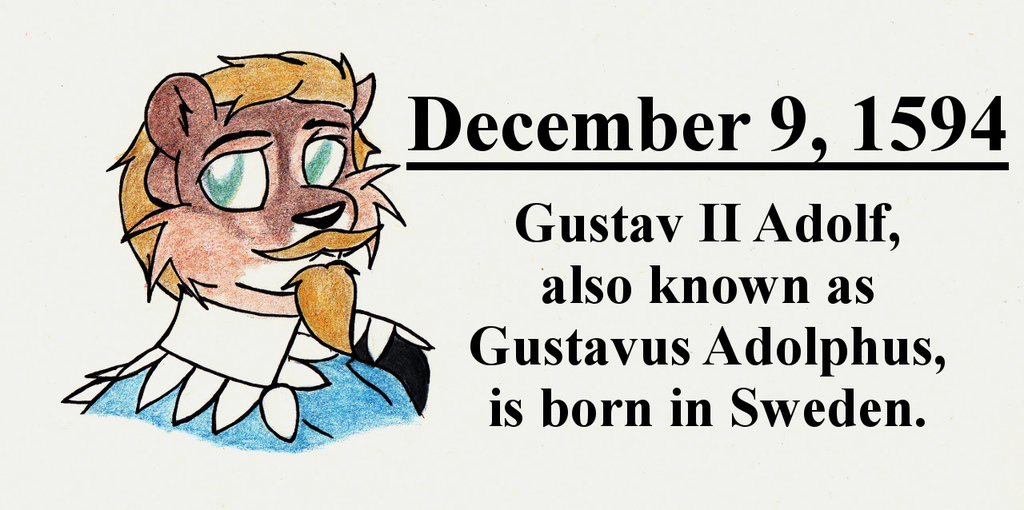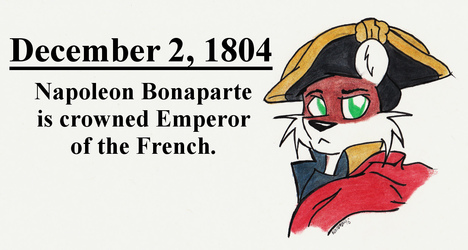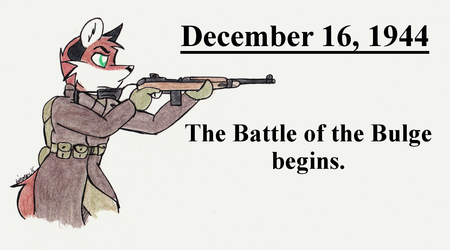Sign In
CloseOn December 9, 1594, Gustav II Adolph, also known by his Latinised name Gustavus Adolphus, is born in Sweden. Gustavus Adolphus would take the throne of the Kingdom of Sweden in 1611 following the death of his father, King Charles IX. During his reign, Gustavus would bring about the Swedish intervention in the Thirty Years War on the side of the Protestants. Through his leadership and his military doctrine, Gustavus contributed greatly to the Protestant victory and thus the preservation of Protestantism in Europe. In the process, Sweden was established as a major power in Europe for the next 100 years until Great Northern War resulted in Russia usurping Sweden in the role.
Gustavus established various military during his reign as well. Notably, he practiced an early form of combined arms warfare by using formations which allowed for his cavalry forces to attack from the safety of the infantry lines and with support of the artillery and then retire within said infantry formations to regroup for another attack if needed. He also adopted shallower and smaller infantry formations which allowed room for the artillery and cavalry to maneuver as well as adopting smaller, lighter artillery to supplement the heavier artillery typical of the era. This lighter artillery was quicker and easier to move around the battlefield to where it was needed and thus allowed for the infantry to be better supported. Gustavus also held all elements of his military in equal regard, contrasting the status quo of certain forces having a more elite status or receiving preferential treatment. Gustavus also introduced a standardization on a light musket for his forces and introduced the use of a massed salvo, typically followed by a bayonet and pike charge, which proved more effective at breaking enemy formations. He also emphasized the use of shock cavalry and increased the organic firepower of his infantry through the use of attached regimental field guns and thus allowing the artillery to participate in the offensive.
On November 6, 1632, Gustavus Adolphus was killed during the Battle of Lützen when he became separated from his men in the fog and smoke while leading a cavalry charge. After the smoke and fog had cleared, his body was found and removed from the battlefield by a Swedish artillery wagon. He has also been described as one of the greatest military commanders in history by the likes of Carl von Clausewitz, Napoleon Bonaparte, and George S. Patton. Given the moniker of the "Lion of the North" for his leadership during the Thirty Years War, the legacy of Gustavus Adolphus continues to be felt to this day.
Submission Information
- Views:
- 430
- Comments:
- 0
- Favorites:
- 1
- Rating:
- General
- Category:
- Visual / Traditional




